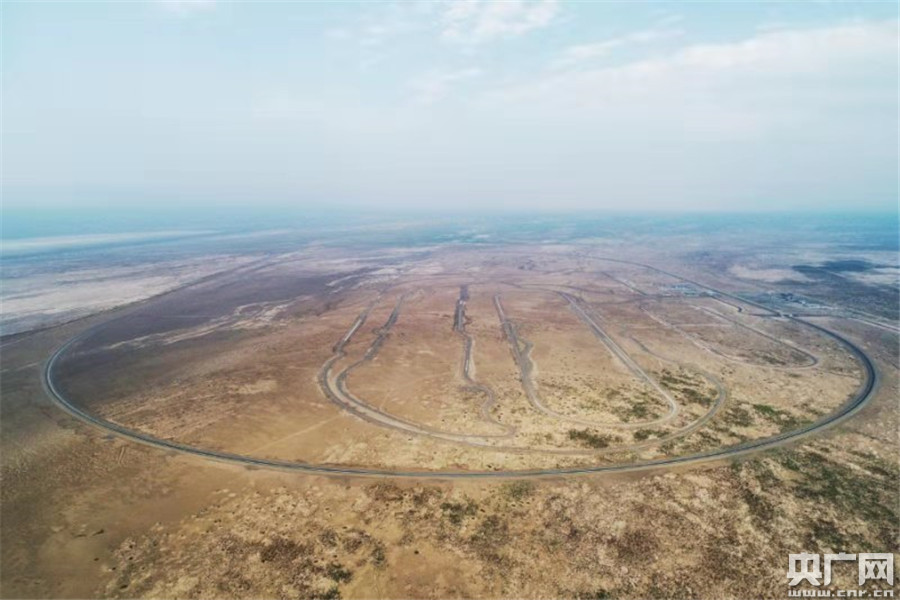High-temperature vehicle testing site set up in Xinjiang


Work on the world's largest site to test automobiles in ultra-dry and ultra-hot conditions has been completed in Northwest China's Xinjiang Uygur autonomous region and is expected to bring in returns of more than 100 million yuan ($14.5 million) every year, officials said.
Located in a windy zone of Turpan, China's hottest region, the test site, which is the size of 3,270 standard soccer pitches, has been built by China Tiesiju Civil Engineering Group (CTCE) for the SAIC (Shanghai Automotive Industry Corp Group) Volkswagen joint venture. Day temperatures in Turpan, known as "the oven" since ancient times, can reach up to 83 C in summer, while the sparse rainfall in the region has resulted in an evaporation rate of over 3,000 millimeters.
The SAIC Volkswagen Xinjiang (Turpan) Test Center can test safety performances in an ultra-dry and ultra-hot environment for more than 1,200 fuel vehicles and 400 new energy vehicles every year, in addition to over 8,000 types of automobile components, according to CTCE Cyberspace Office Director Song Heng.
Speaking at the launch ceremony of the test center on Thursday, CTCE Chairman Zhang Hechuan said the site, which took more than 1,000 days to build since June 2016, has passed the inspection and acceptance of German experts and local quality inspection departments, fulfilling CTCE's commitments to the Sino-German joint venture and the local government.
The project is seen as a vital cog in China's efforts to conduct automobile tests in high temperatures and ultra-dry conditions, and a major step in boosting automobile industry technologies. In addition it will also help promote the socioeconomic development in Xinjiang, he said.
Building the testing center in Turpan, however, has been a challenging task. Located in the Turpan Basin, which is spread over an area of 500,000 square kilometers, the area is deep within the Tianshan Mountain range of eastern Xinjiang, which has a landscape of deserts, gorges, sand dunes and wooded oases. It once served as a key point on the ancient Silk Road. Averaging 154 meters below sea level, Turpan is also the lowest point in China, second only in the world to the Dead Sea.
According to Sun Kai, a CTCE technician on the site, building such a test center was a daunting task as the strata had lots of sedimentary rock formations, while its surface was mainly saline-alkali deserts with an accumulation of thenardite, a sodium sulfate mineral, seen largely in salt lakes and arid regions.
The engineers overcame the stiff geological challenges by using foundation treatment technologies in the saline-alkali areas, he said.
The engineers also introduced 3D high-precision molding technologies to ensure construction quality and precision, Sun said. By improving the hydraulic system for rolling equipment and leveling control systems for pavers, Chinese engineers were able to break the monopoly of Germany and Japan in high-speed ring paving, he said.




































